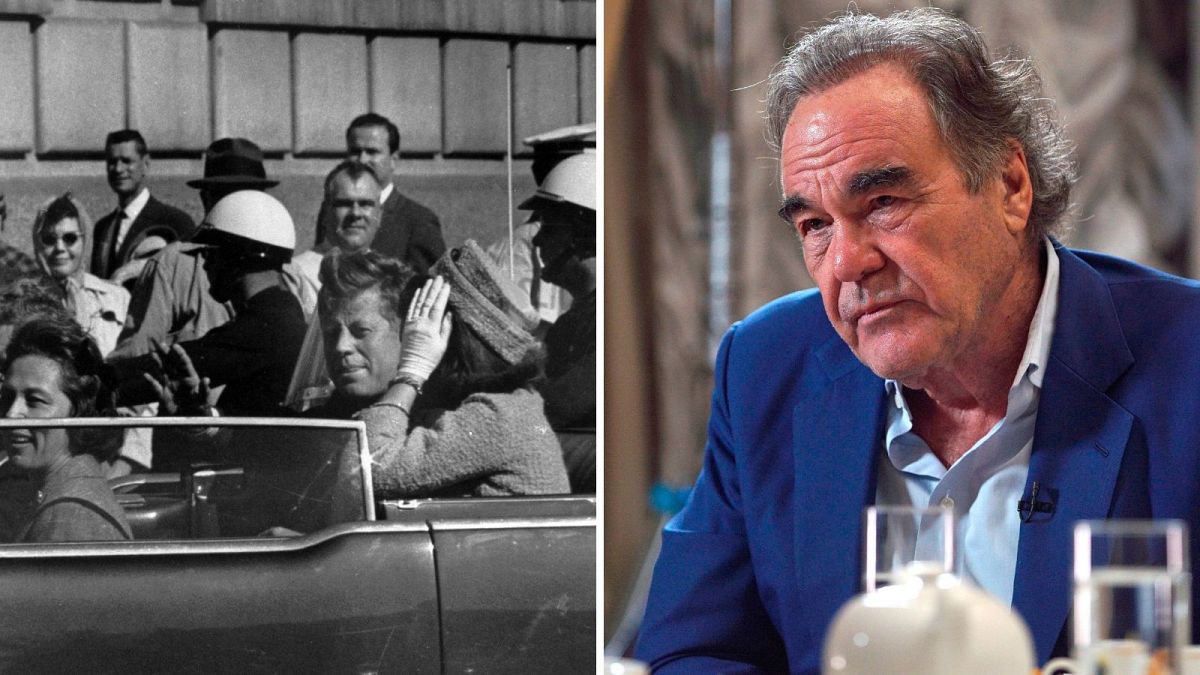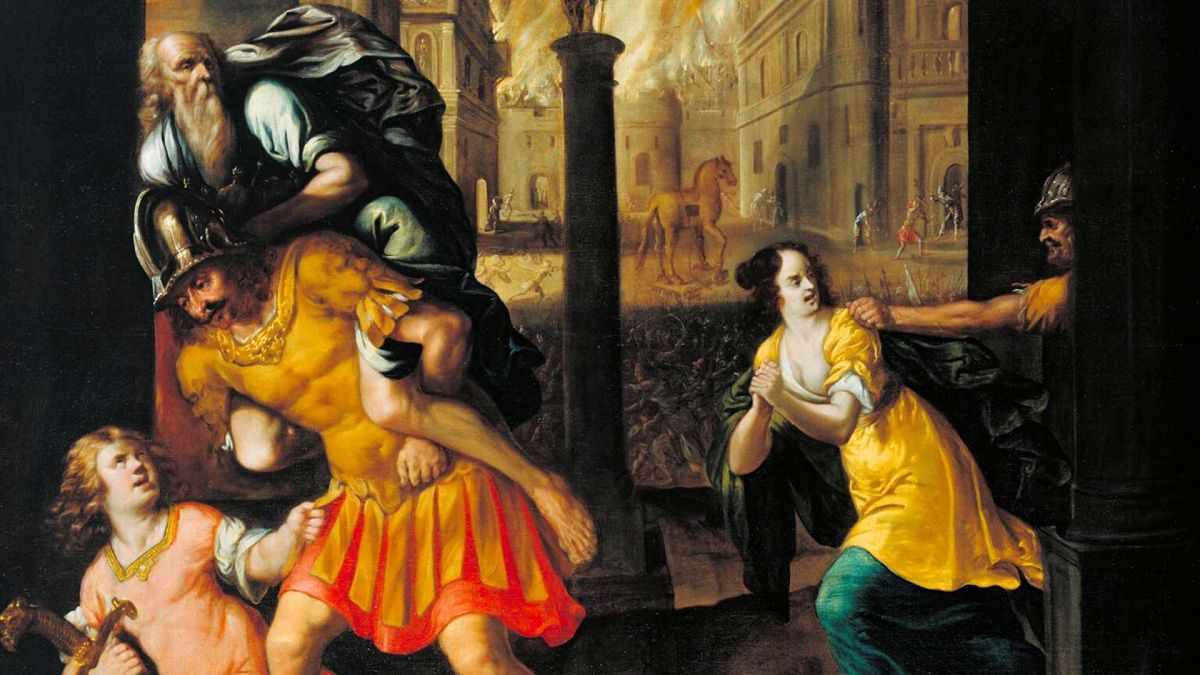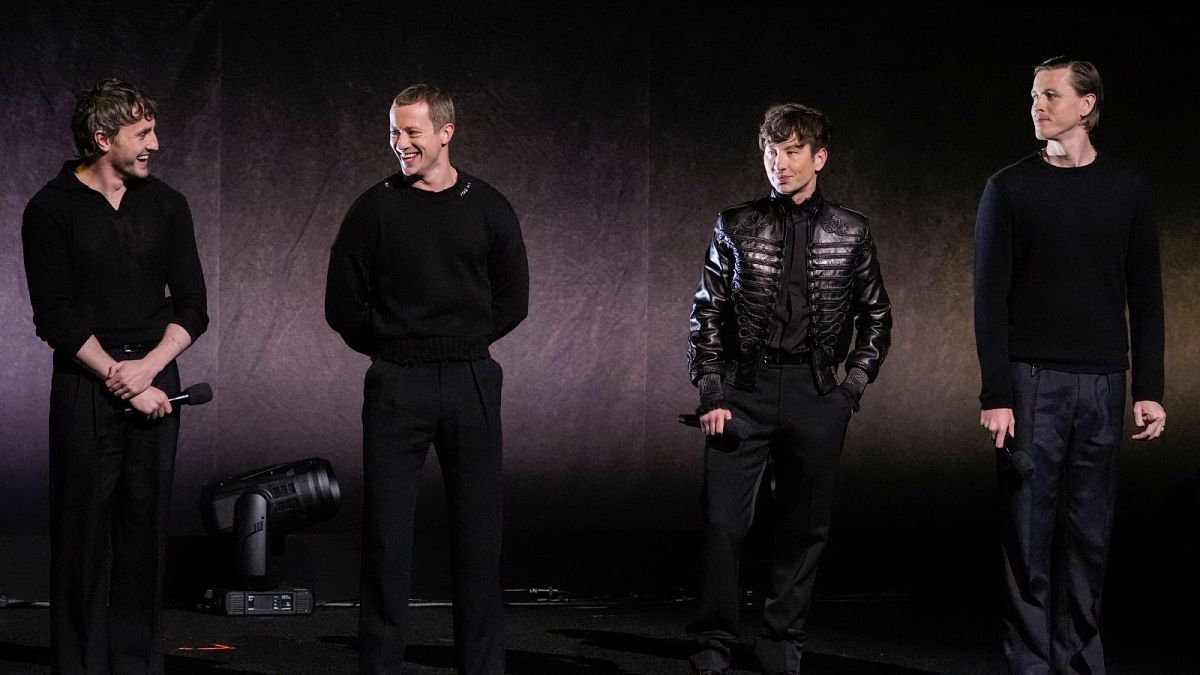Works by Polish artists from the 19th and 20th centuries are on display for the first time at the National Museum of Modern Art in Kyoto. The exhibition 'Young Poland: Polish Art 1890-1918' includes echoes of Japanese artistic tradition.
More than 150 works including paintings, drawings and prints from the 19th and 20th centuries, are now on show in Japan in what's been described as a 'veritable treasure' of the most iconic examples of Polish Modernism.
"The exhibition is of great significance for Polish-Japanese cultural relations. It makes it possible to present for the first time in the Land of the Cherry Blossom, works of art that constitute the canon of our national culture," said Polish Minister of Culture and National Heritage Hanna Wróblewska during the official opening.
Professor Andrzej Szczerski, Ph.D., director of the National Museum in Krakow, where most of the pieces of artistic craftmanship can be seen on a daily basis, assessed that this was 'the largest exhibition of Young Poland's art in Japan in history'.
"The numerous audience and media representatives who attended the opening emphasised the artistic importance of the works on display and the significance of the exhibition, showing how the art of Young Poland was able to express both national content and speak the universal language of art," he said.
The exhibition occupies the entire floor of MOMAK (The National Museum of Modern Art, Kyoto) and is arranged according to successive themes that speak, among other things, of inspirations from nature, history, Japanese influences and Polish national style.
Masterpieces of Polish modernism in the heart of Japan
"This is a story of Polish history, the prologue of which is outlined by the works of Jan Matejko and Artur Grottger, but above all of Young Poland's art, which at the turn of the 19th and 20th centuries not only built national identity, but also made Poland, although it did not exist on maps, present and successful in the artistic salons of Europe," reads the exhibition catalogue.
Among the exhibits are works by such Polish masters as Olga Boznańska, Jacek Malczewski, Józef Mehoffer, Władysław Podkowiński, Józef Pankiewicz and Stanisław Wyspiański.
Visitors will be able to admire, among others, Włodzimierz Tetmajer's "The Artist's Family", Leon Wyczółkowski's "Stańczyk" or Józef Pankiewicz's "Czesząca się". Jacek Malczewski's 'Portrait of Feliks Jasieński', 'Girl with Chrysanthemums' and 'Florists' by Olga Boznańska also flew to Kyoto. There will be 'Jane with a Japanese Doll' by Alphonse Karpinski, 'Musicians on the Bridge', 'Poppies' and 'Fears' by Wojciech Weiss, as well as 'The Bearded Woman' by Władysław Ślewiński.
Also on display at MOMAK are two works by Boznanska that have never been exhibited before - these are 'Tulips' and 'Portrait of Mrs L'. While the painter was still alive, they ended up in the collection of Magosaburō Ōhara, a Japanese entrepreneur and collector and philanthropist. They are currently stored in the museum that completes his collection - the Ohara Museum of Art in Kurasiki, Japan.
The phenomenon of 'Young Poland' - rebellion, freedom and individualism
As art historian and founder of the 'Outside the Frame' platform Maja Michalak explains Young Poland is a special and extremely diverse period in painting. Analogous to Young Germany or Young Scandinavia, because the artistic currents were similarly named in different places in Europe, which was to emphasise the freshness and innovative approach to art each time.
"The domain and synonym of these times was the manifestation of rebellion, the demand for freedom and the desire to approach art in a different way and thus also to present what each of these artists was particularly close to," says Michalak.
"The artists put more emphasis on their own individuality, making use of the various trends that intermingled at the time: art nouveau, impressionist, symbolist also or expressionist. And all these trends manifested themselves in a slightly different way in each artist," she adds.
'Japonism' - a fascination that brought two cultures together
A special aspect of the exhibition in Kyoto is the opportunity to trace how Japanese aesthetics influenced Polish artists a century ago.
"We also have to talk about the Japanism that prevailed at the time, i.e. the fascination with Far Eastern art, which was extremely intriguing and appealing to artists at the time," explains Michalak. "They drew from it not only directly elements such as fans and kimonos, which were imported and later shown in paintings, but also motifs such as dragonflies or peacocks, which were strongly associated with Asian culture. The diagonal way of composition and the introduction of more asymmetry were also taken from Japanese woodcuts."
Urszula Kozakowska-Zaucha, curator of the Kyoto exhibition, points out the special role played by a well-known Polish art critic and collector in promoting Japanese art in Poland: "The works of these outstanding artists are accompanied by Japanese woodcuts, showing the link between Polish art and Japan. An important protagonist of the exhibition is the great art collector Feliks 'Manggha' Jasieński, to whom a separate section has been dedicated, and who, with his passion for collecting and his friendship with the Young Poland artists of Krakow, contributed to spreading among them the fashion for Japanism."
Jasieński collected the best examples of Japanese art in his collection, which he made available to artists, sometimes even lending them to them. Eventually, in 1920, along with the entire art collection, he donated them to the National Museum in Krakow.
"He also commissioned paintings from artists inspired by Japan, with which he was so much in love," adds Michalak. "This combination in the exhibition of Young Poland and Japan is not accidental. It may make it easier for the Japanese to come into contact with these works precisely because they will see elements that are part of their culture and that are easily read by them."
'Girl with chrysanthemums' - the symbol of the exhibition and Boznanska's renaissance
The posters and animations promoting the exhibition featured Olga Boznańska's painting 'Dziewczynka z chryzantemami' - one of the most famous works of the Young Poland period. It seems that this choice is not accidental - Boznańska is currently experiencing a posthumous renaissance of popularity, and her subtle, psychological portrait art appeals to contemporary sensibilities. Interestingly, in the animation promoting the exhibition, the melancholic little girl in the painting this time smiles radiantly.
"Olga Boznańska is one of those artists and one of those women who devoted her whole life to creating. She wanted to have the same opportunities to create as men and to be treated equally with them," explains Michalak. "She put everything on her career. She was very determined about it", adds the art critic.
Boznańska spent most of her life in Paris, where she became particularly famous for her portraits full of emotion and psychological depth.
"The way of painting is very characteristic and emblematic of Boznańska. Skillfull, close to the person portrayed, full of emotion. We can compare it to the way the Baroque artist Diego Velázquez used his paintbrush, because Boznańska was inspired by him among others, but also close to her, for example, Édouard Manet, James McNeill Whistler or Berthe Morisot. These psychological portraits are what we most associate with Olga Boznańska. And she is very rightly given her well-deserved place in the history of art", says Michalak.
"I think that in general Young Poland is one of the best periods in our Polish painting, early painting," says Michalak. "We simply have a whole group of artists there who are not only interesting because of their history and what they wanted to convey, but also aesthetically and so purely visually. Whether we are talking about Boznańska or Pankiewicz, Mehoffer, Ślewiński - this is excellent painting and, in my opinion, this should be our export commodity and something with which Polish painting should be associated and further promoted abroad."
The exhibit 'Young Poland: Polish Art 1890-1918", will be on show in Kyoto until 29 June.

 2 days ago
5
2 days ago
5






 We deliver critical software at unparalleled value and speed to help your business thrive
We deliver critical software at unparalleled value and speed to help your business thrive






 English (US) ·
English (US) ·